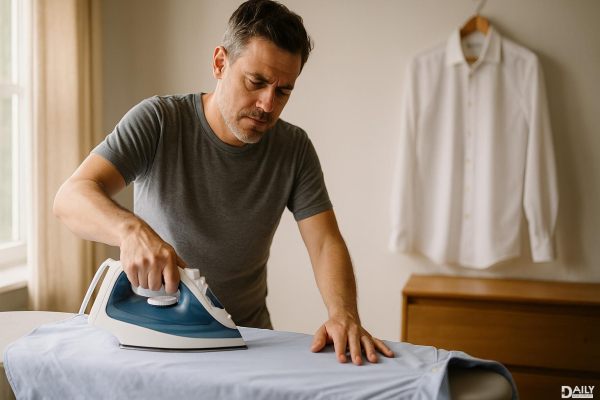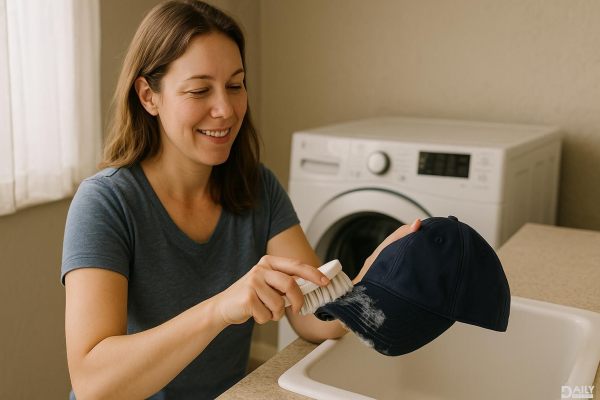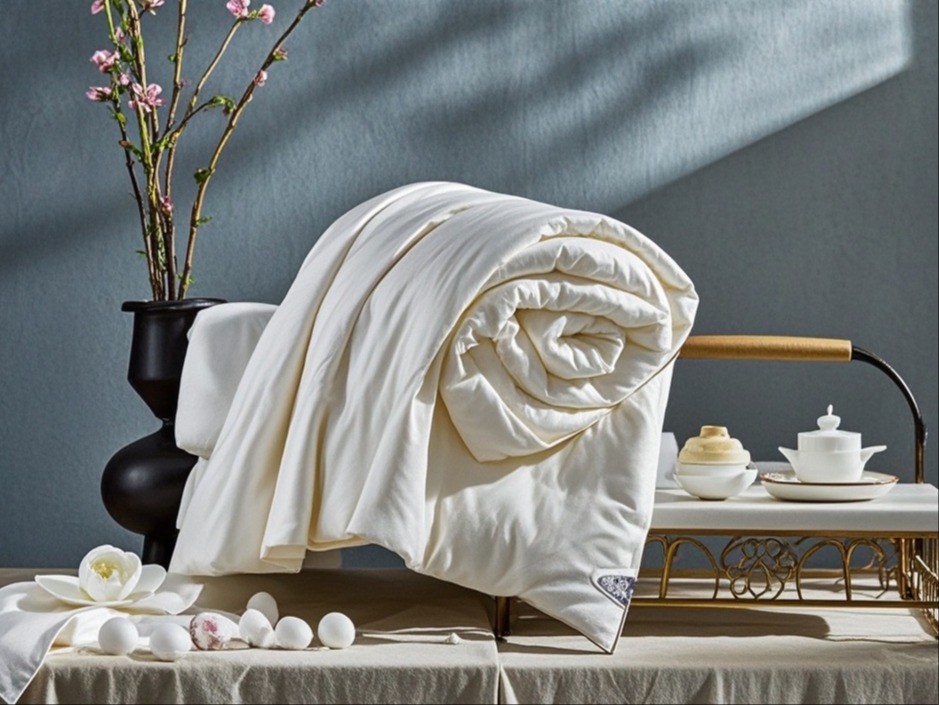Ever wondered why sleeve cuffing is the secret to perfect style and comfort? It’s because this little styling trick does more than just adjust your sleeve length—it adds personality, polish, and a touch of effortlessness to any outfit. Whether you're rolling up a dress shirt for a casual Friday or cuffing a chunky sweater for a laid-back vibe, mastering this move can instantly elevate your look while keeping you comfortable all day long.

There’s something about a well-cuffed sleeve that screams "I know what I’m doing." It’s a subtle power move—like you’ve got your life together enough to care about the details, but not so much that you’re stiff or overly formal. Studies in fashion psychology suggest that small, intentional adjustments to clothing (like cuffing) make people perceive you as more put-together and confident. It’s the same reason why a slightly undone tie or one rolled-up pant leg can make an outfit feel more dynamic. The key? Making it look deliberate, not like you just forgot to finish dressing.
Not all cuffs are created equal. A haphazard roll can make you look like you got dressed in the dark, while a crisp, structured fold says "I woke up like this (but better)." For dress shirts, start by unbuttoning the cuff, then fold it back once or twice—no more, unless you’re going for a full-on "I just left a yacht party" vibe. For knits and thicker fabrics, a looser, chunkier roll works best. And if you’re dealing with a jacket or blazer? Keep it to one clean fold—anything more can mess with the drape. Pro tip: Always leave a little space between the cuff and your wrist bone. Too tight looks constricting; too loose looks sloppy.
Beyond aesthetics, cuffing is a comfort hack. Ever notice how rolling up your sleeves makes you feel instantly more relaxed? There’s science behind that. Exposing your forearms can help regulate body temperature, especially if you run hot. It also gives your wrists freedom to move, which is why chefs, artists, and anyone who works with their hands swear by the rolled-sleeve life. Plus, let’s be real—there’s something liberating about literally "rolling up your sleeves" to tackle the day. It’s a mindset shift disguised as a wardrobe tweak.
Even the best style moves can backfire. The most common cuffing fails? Over-rolling (looking at you, triple-folded flannel sleeves), uneven folds (one arm dressed for a meeting, the other for a nap), and fabric bunching (when your sweater cuff turns into a doughnut around your elbow). Fixes? For dress shirts, iron the cuff crease lightly to keep it sharp. For knits, adjust the roll every few hours—they tend to sag. And if you’re cuffing outerwear, check the mirror from all angles to avoid awkward bulk. Remember: The goal is "I meant to do that," not "I lost a fight with my wardrobe."
Cuffing isn’t just a modern hack—it’s got roots in everything from military uniforms (where rolled sleeves signaled readiness) to 1950s greaser culture (where a turned-up cuff was rebellion). Even Renaissance portraits show aristocrats with delicately folded sleeves to display expensive linings. Today, it’s a universal styling trick that bridges streetwear and boardrooms. The takeaway? Cuffing has always been a quiet flex. Whether you’re channeling James Dean or your corporate alter ego, you’re part of a long tradition of people who knew that details matter.
So next time you’re debating whether to cuff, just go for it. It’s one of the easiest ways to look like you’ve got style on lock—without actually having to try that hard. And if anyone asks? Yeah, you totally meant for it to look this good.
























